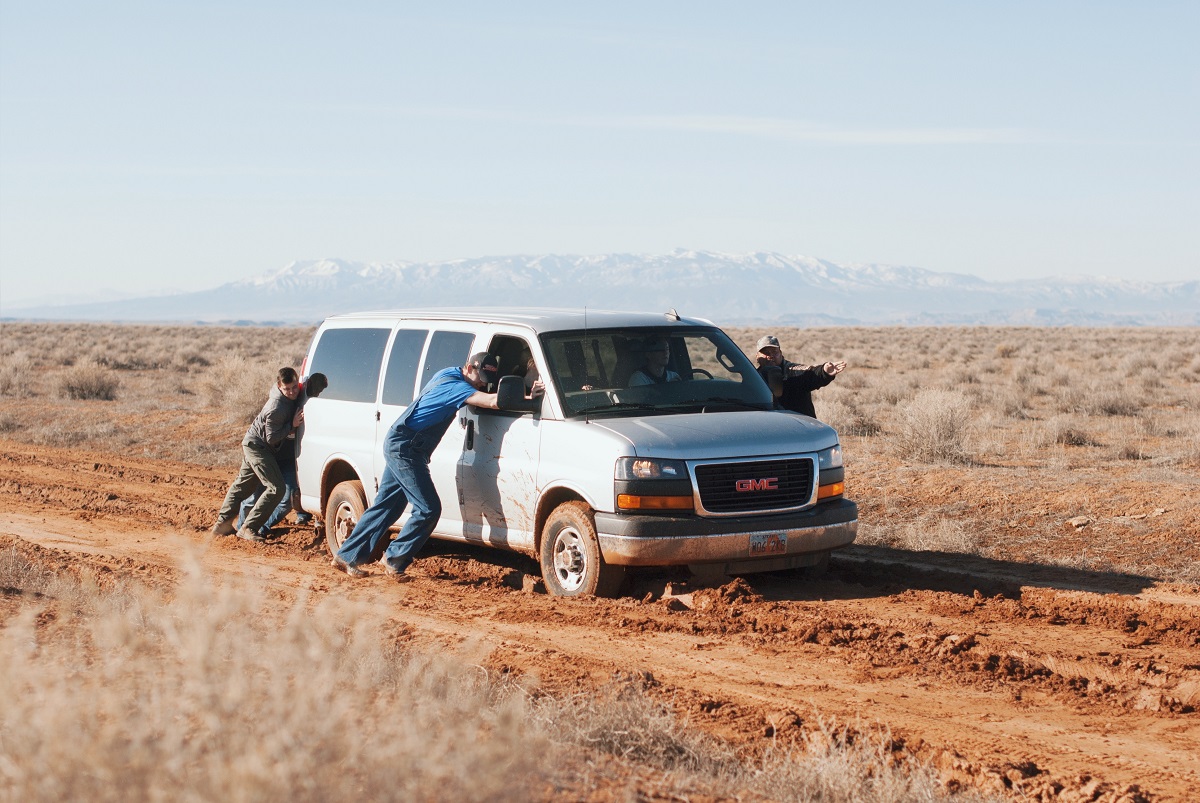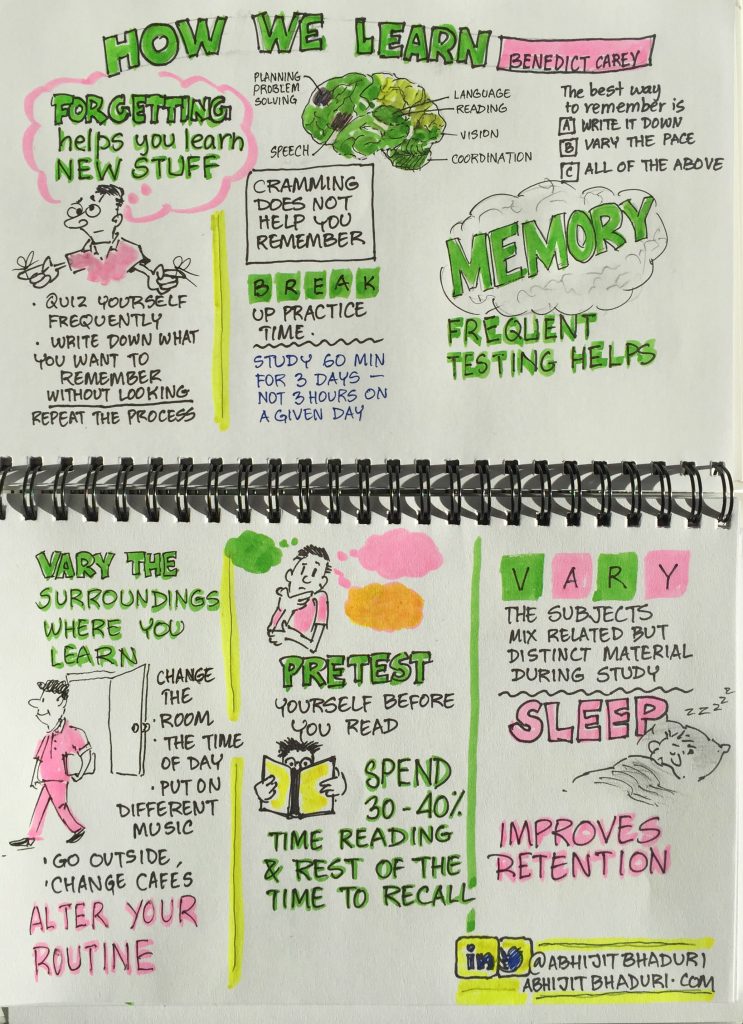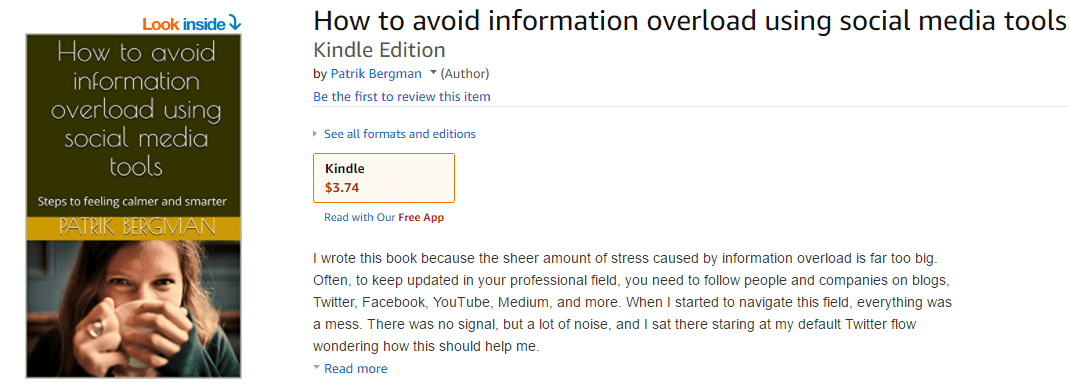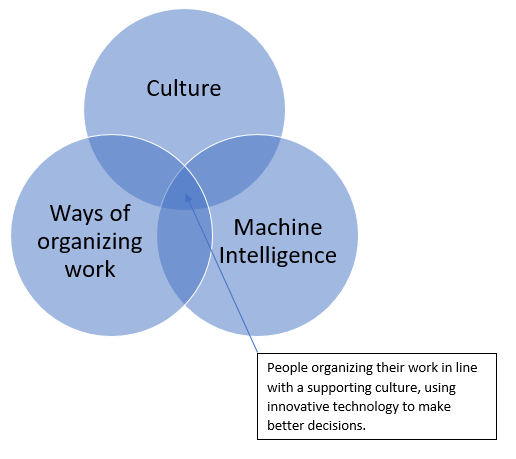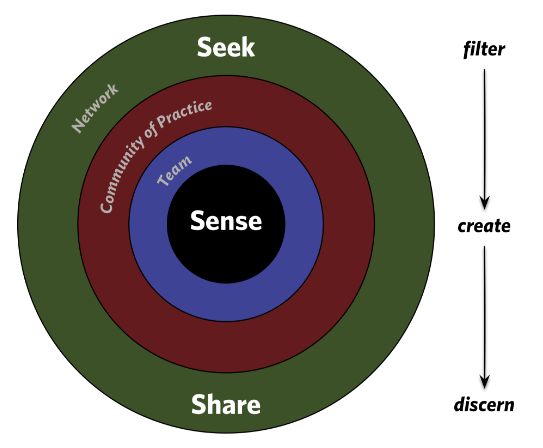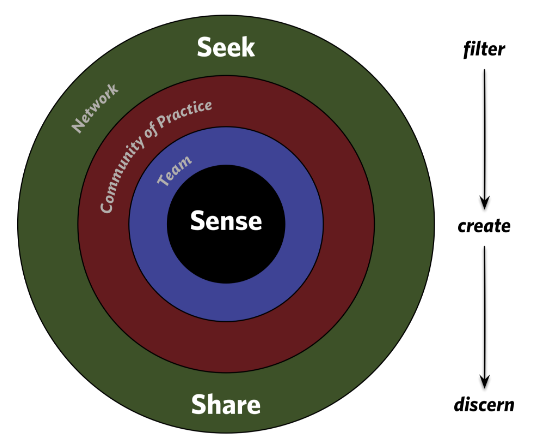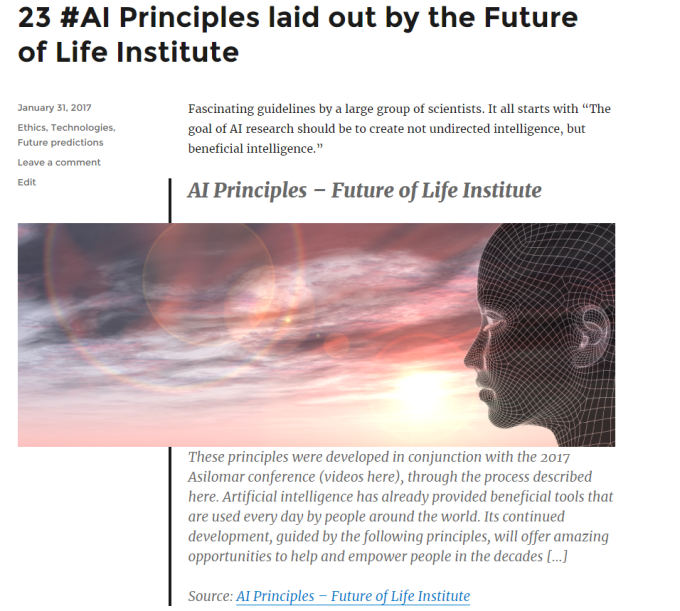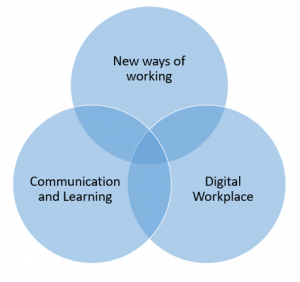Last week, I held a workshop on building a learning organization, including applying knowledge management. I was invited to the Omnia End User Conference in Stockholm, organized by Precio Fishbone that develops the award-winning Omnia suite for Office 365, which we also use at Haldex.
During the workshop, I asked the participants to list common areas in their organizations where knowledge transfer of best practices could help them excel. Such areas could include both learning from other people’s mistakes, as well as building on each other’s knowledge. We had a great mix of public and private companies in the audience, and organizations ranging from a few hundred to more than 20.000. When we started talking, however, we quickly noticed that we share many knowledge transfer problems. No matter where you work, being the owner of an Office 365 environment, sure has its challenges and here are some that we all shared:
- The ever-increasing knowledge gap between what Microsoft delivers, and the knowledge of the end users. Just a couple of years ago the challenges were smaller, but now we all experience the fire hose of new apps and have a hard time keeping up. And it is not enough to know the app itself – we should also know how to apply it successfully in our organizations.
- The view of learning needs to change both at HR and among the end users. You can’t sit around and wait for courses to be assigned to you. If you want to learn Teams, the internet is there for you Each person must take charge of their learning journeys, know what they need to succeed, know who can help them, and know who to ask for help when they don’t know where to turn. Here, Personal Knowledge Mastery, Modern Workplace Learning, and Mental Models can help.
- Best practices for handling projects once they are over. It is easy to install a project site and bombard it with files over time, but harder to know what to save or not at the end to preserve the essential lessons.
- Reaching out to frontline workers no matter if they build products, install products, sell products, or anything else. These people know both the products and customers by heart, and we need good ways to transfer their knowledge to others.
- Knowing how to make managers all the way to the CEO share their insights. Survey after survey all highlight the absolute importance of managers taking the lead as users of Office 365 (document handling, Teams, Yammer, and more) and as communicators. For example, by installing a management blog as we have done at Haldex can be a start, or to ask questions via social channels so people know their answers are appreciated.
There are, of course, many more areas where sharing of best practices can help us, especially when we focus on each organization. But here we found areas where we all could agree on no matter where we work. We will now start to share best practices via Precio Fishbone’s Yammer feed for their customers and via LinkedIn and more. Many of us feel alone when handling Office 365 rollouts, but by reaching out and learning from each other, we can build a community where there are always people who listen.
Photo by Aubrey Odom on Unsplash (we’re in this together)
